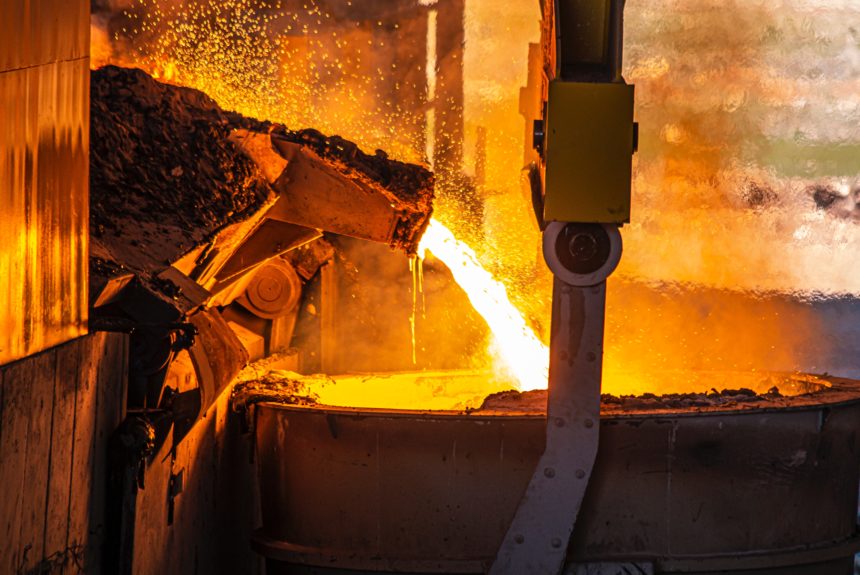Matthew Hutson writes in The New Yorker on new innovations in carbon-free steel.

- Steel making is a very carbon-intensive process and accounts for 7% of global CO2 emissions each year.
- A Swedish steel company, Hybrit, has found a potential breakthrough that could eliminate the carbon footprint of steel by using hydrogen to remove oxygen from ore, rather than carbon.
- Hybrit has successfully used this new technique to produce steel at a pilot plant and has plans to launch into full development.
- Private sector innovation is making the breakthroughs that are needed to meaningfully reduce emissions.
“Fortunately, we’ve since learned that there’s more than one way to purify iron. Instead of using carbon to remove the oxygen from ore, creating CO2, we can use hydrogen, creating H2O—that is, water. Many companies are working on this approach; this summer, a Swedish venture used it to make steel at a pilot plant. If the technique were widely employed, it could cut the steel industry’s emissions by ninety per cent, and our global emissions by nearly six per cent. That’s a big step toward saving the world.”
Read the full article here.
The views and opinions expressed are those of the author’s and do not necessarily reflect the official policy or position of C3.
